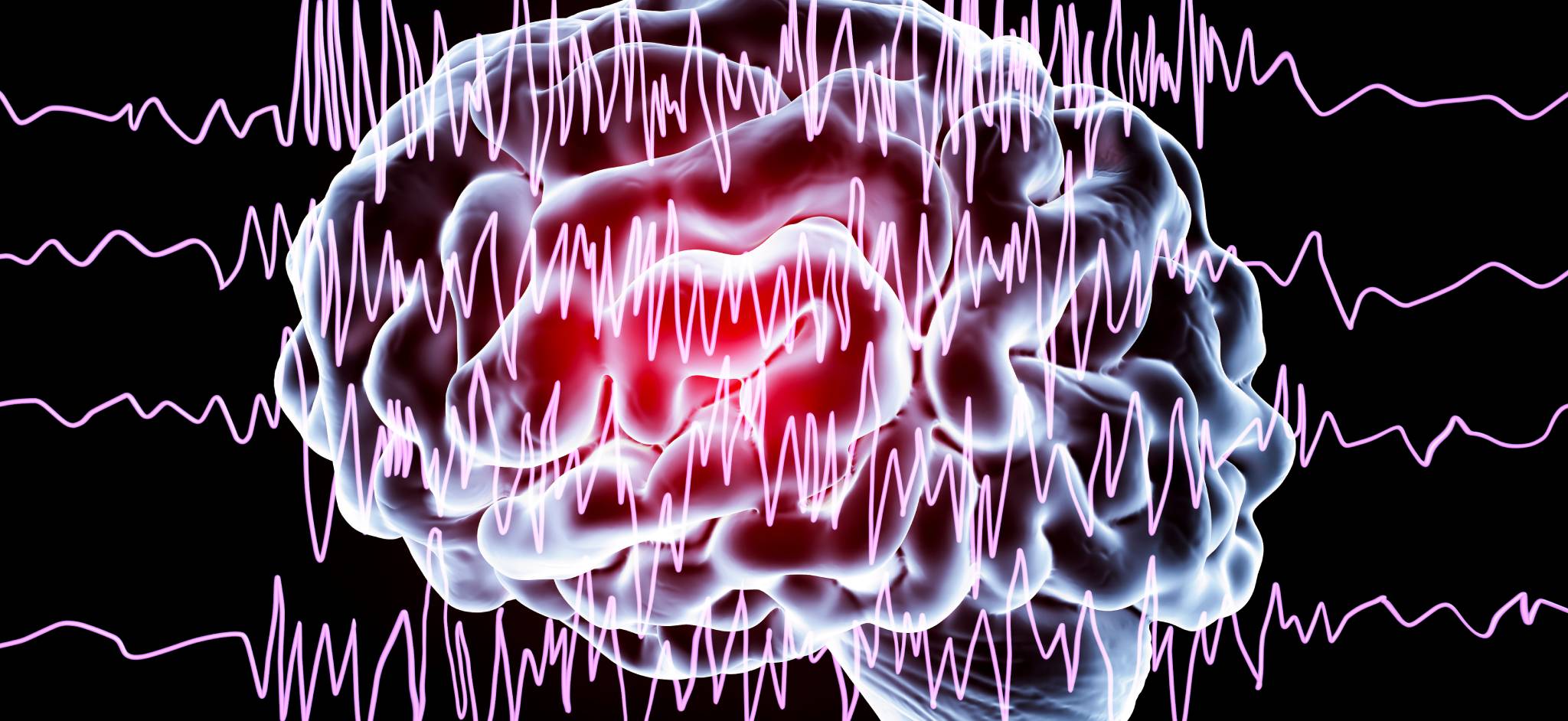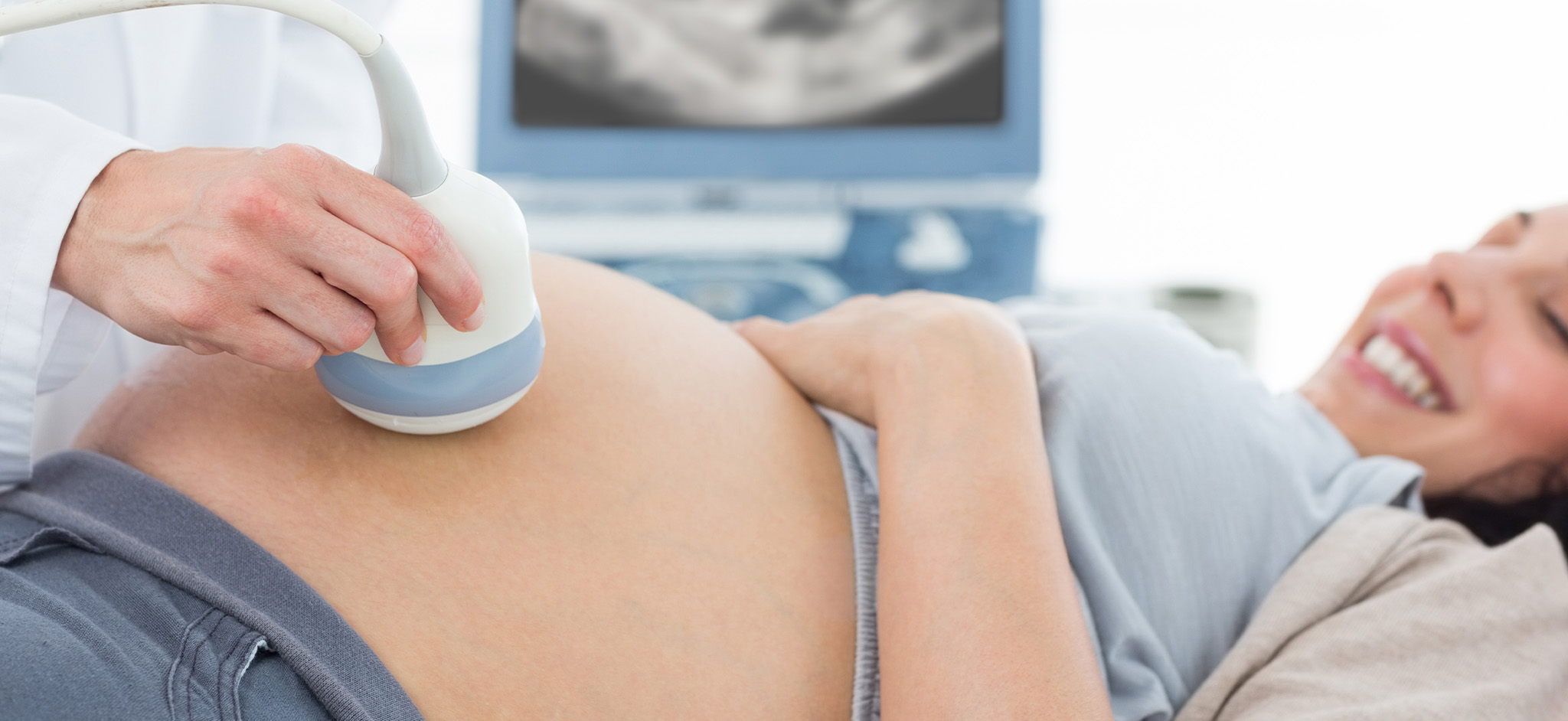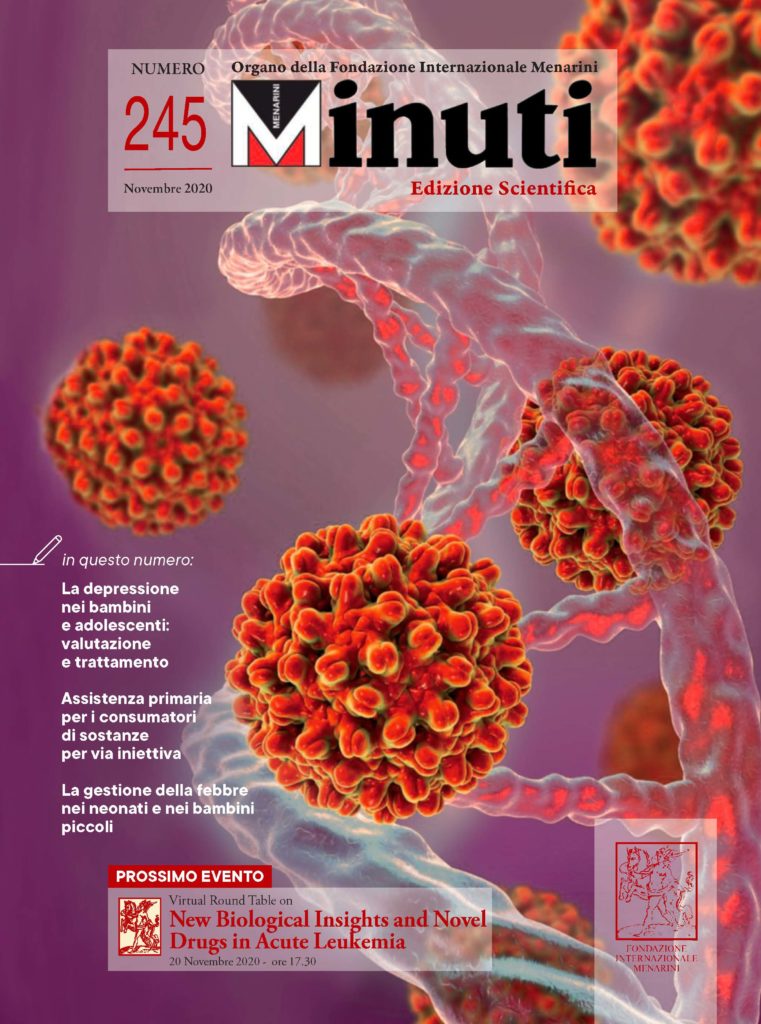
Evaluation After a First Seizure in Adults
di Kate Rowland, Carl Earl Lambert Jr. • November 2022
Seizures are transient signs and symptoms of abnormal, excessive, or synchronous neuronal activity in the brain. Up to 10% of adults have a seizure during their lifetime, with increasing incidence in people older than 55 years. One-third of people have a recurrent seizure within one year of an initial unprovoked seizure. Acute symptomatic (provoked) seizures recur less often, especially when provoking factors are addressed. After confirming a probable seizure, evaluation focuses on identifying provoking factors such as tumor, metabolic derangement, infectious disease, stroke, traumatic brain injury, medications, or substance misuse. Magnetic resonance imaging with an epilepsy protocol and electroencephalography should be performed as soon as practical. Lumbar puncture is useful if intracranial infection is suspected. Immediate initiation of anti-seizure medication reduces seizure recurrence by 35% within the first two years. Recurrence rates between three and five years are similar between patients who start anti-seizure medication immediately after the first seizure and those who do not. Restoration of driving privileges varies by state. After a seizure, safety concerns should be addressed, such as the need for a safety companion when bathing or swimming and the risks of ladders and other hazards.
(Am Fam Physician. 2022; 105(5):507-513. Copyright © 2022 American Academy of Family Physicians.)
(Am Fam Physician. 2022; 105(5):507-513. Copyright © 2022 American Academy of Family Physicians.)
Related Articles
Management of Late-Term and Postterm Pregnancy
di
Dr.ssa Breanna Gawrys, Dr.ssa Diana Trang, Dr.ssa Whay Cheng
September 2025
Highlights
di
Aaron Saguil, Matthew V. Fargo
∙
February 2021







